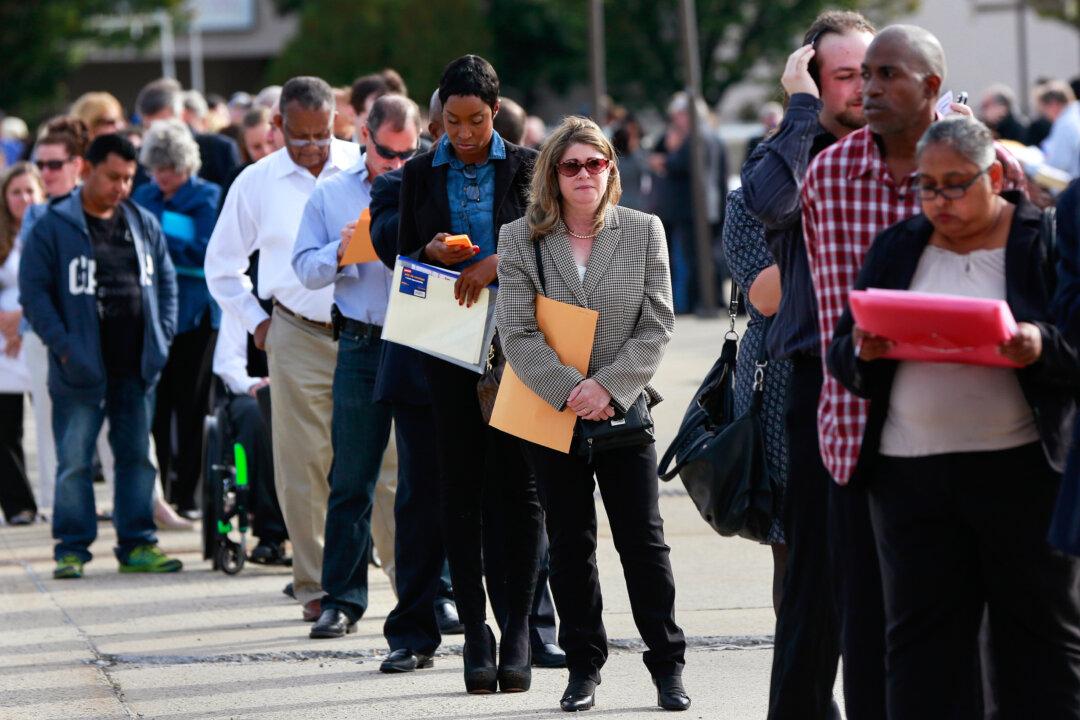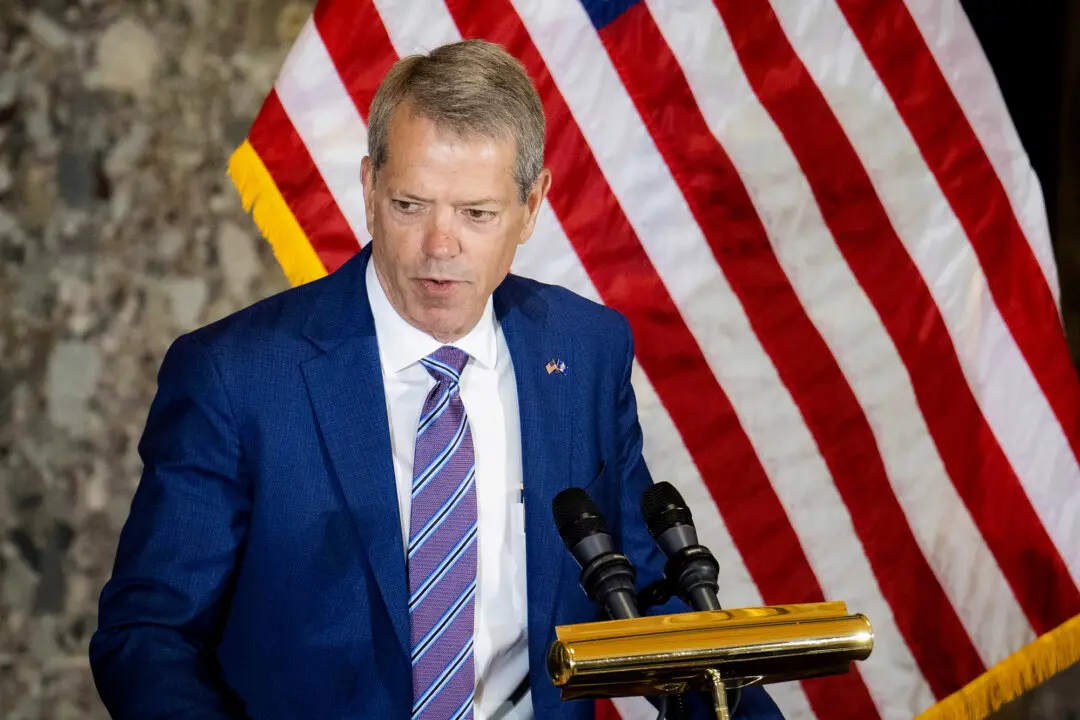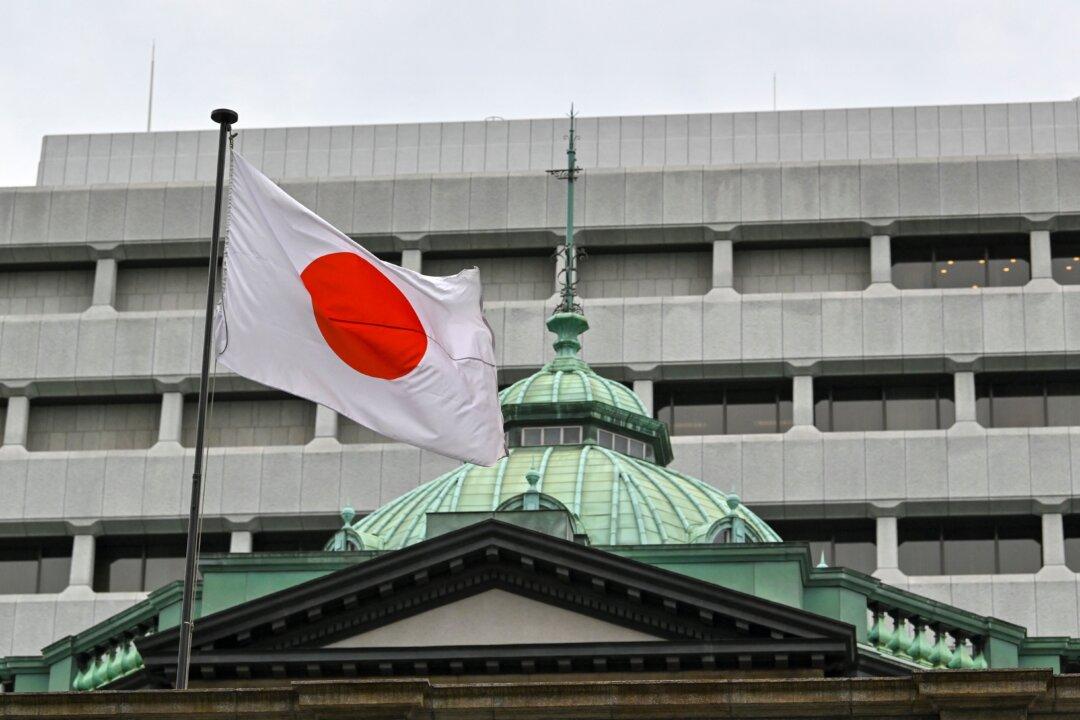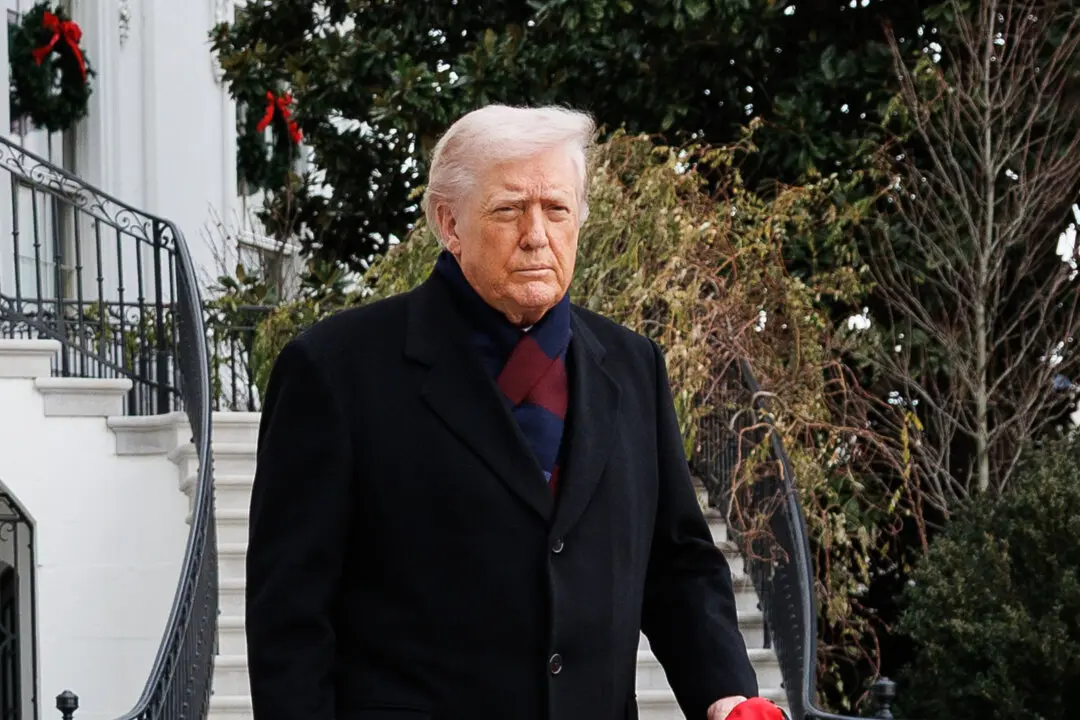The number of Americans filing for unemployment benefits rose to an 11-month high last week, while the number of U.S. workers continuing to collect unemployment benefits rose to a multiyear high, delivering a fresh sign of labor market weakness.
Initial jobless claims, which are often seen as a proxy for unemployment, jumped by 14,000 to 249,000 for the week that ended on July 27, according to data released on Aug. 1 by the Department of Labor.





